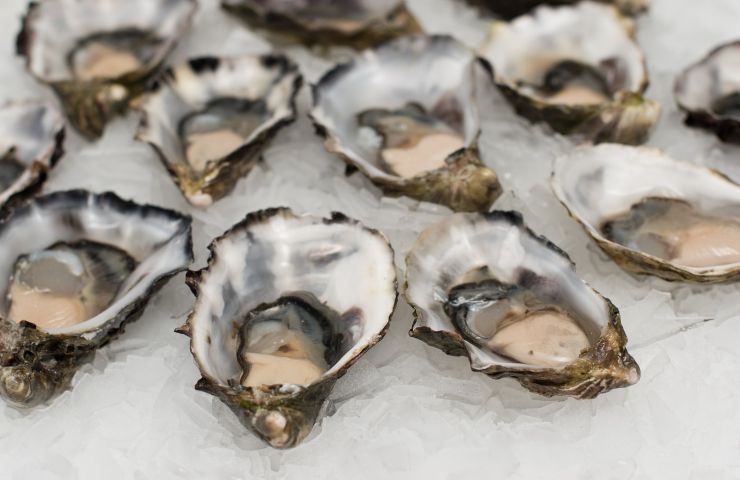
Oysters are bivalve molluscs that live in salt water and are commonly used as food . They are very popular both raw and in various cooking recipes, such as grilled oysters, fried oysters or oyster salads. These mollusks are also considered a prized food and are often eaten on special occasions. In addition to being delicious, oysters are also rich in nutrients, such as protein, iron, zinc and B vitamins.
These are considered aphrodisiacs for a variety of reasons. First, they are rich in zinc, which is an essential mineral for the production of testosterone, a hormone important for libido in both men and women. Additionally, oysters also contain small doses of amino acids such as carnitine and arginine, which have been associated with increased libido.
They are also consumed on romantic and special occasions, which could contribute to their reputation as an aphrodisiac. However, it is important to note that there is no conclusive scientific evidence that oysters have actual aphrodisiac effects. The aphrodisiac effect of oysters may be more psychological than physical. But this time the protagonist of this story is the much hated shell.
The unexpected use of oyster shells

The “ Oyster Shell Recycling Program ” is an initiative of the Louisiana Coastal Restoration Coalition to preserve and restore the coastal environment. The project consists of the artificial reconstruction of coral reefs damaged by man , using natural and waste materials. Since 2014, the initiative to recycle the shells of oysters, one of the most popular seafood in the United States, has been helping the recovery of coastal coral reefs. This project not only benefits marine diversity, but also the local community, who benefit from the benefits of protection from storms and environmental disasters.
YOU MAY ALSO BE INTERESTED IN >>> Chile, the decision is final: the government will not go back
Coral reefs are formed from the sedimentation of the calcareous skeletons of polypoid animals belonging to the class Anthozoa, phylum Cnidaria. These formations play a multifunctional role: on the one hand they constitute a habitat and a refuge for many marine species of different sizes, on the other they influence the seabed and coasts. Oyster shells, like coral skeletons, are also made of calcareous material and could sediment and in turn form a coral reef.
Some Louisiana scientists have conceived a simple but ingenious idea to restore coastal coral reefs: using the waste of oysters, one of the most common molluscs as a fish product. Instead of being thrown away, these shells can be collected by restaurants and recycled to build artificial reefs.
YOU MAY ALSO BE INTERESTED IN >>> How much good would it be for the planet if we all took an example from the Dutch?
This program aims to restore coral reefs weakened by pollution, unwise choices and climate change, to ensure a safe habitat for marine organisms, improve the quality of water and the marine environment. At the same time, it offers protection against storms and hurricanes, forming a coastal barrier that limits damage caused by waves.